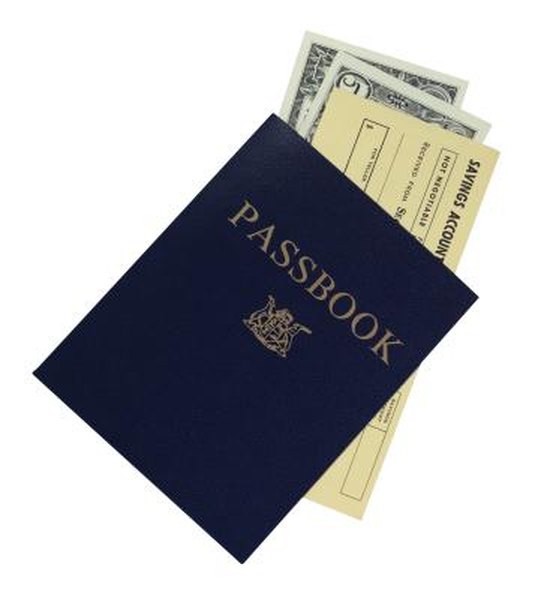What Is a Revolving Savings Account?
Revolving savings accounts can be used to fund irregular expenses or specific financial needs.
Brand X Pictures/Brand X Pictures/Getty Images
Checking and savings accounts are common ways to collect and manage money. However, a rarely discussed but equally important money management tool is the revolving savings account. Revolving savings accounts are a great way to pay for irregular expenses, save for large purchases or cover the cost of an emergency. Using a revolving account is also an ideal way to cover the cost of a wedding, a child's or grandchild's education or build extra retirement funds.
Revolving Savings
A revolving savings account, also known as a revolving fund or rolling savings account, is a separate passbook savings account used to gather money for a specific goal. Money is typically added to the account via automatic transfer from a paycheck or other account. However, deposits can be made at any time and with money you earn, win or end up with through a miscalculation in budget. Unlike a traditional savings account, which is meant to be added to and not withdrawn from on a regular basis, a revolving account is used as needed and replenished on a regular basis, hence the name revolving savings.
Funding Revolving Accounts
Revolving savings funds are an expense classification used in budgeting to collect money left over after a budget has been met. These extra funds generally occur from an over calculation in budget, such as budgeting $300 for an electric bill and receiving a bill for $275. The money not spent is then moved into the revolving savings fund. Funds can also come from budgeting a specific monthly dollar amount to place into the revolving account, tax refunds and yearly or quarterly bonuses.
Using Revolving Accounts
A revolving account can have a myriad of uses depending upon the needs of the account holder. Many use revolving savings as a buffer between regular savings and irregular expenses. Over time non-budgeted, irregular expenses can add up and begin to deplete important savings. Using a revolving account keeps one from dipping into a retirement or college fund to cover the expense. For instance, the band uniform that was $300 last year might be $425 this year. The extra $125 isn't in the budget and is paid for from the rolling account and not the family college fund. Another use for a revolving savings account is to cover a college student's irregular expenses, such as extra books, an unplanned plane ticket home or an unexpected car repair. Other uses might be to put aside more money for retirement, build funds for the deposit on a large purchase, such as a vacation home or a new vehicle, or saving funds for home improvements. A separate revolving account can be opened for each specific goal.
Account Features
Revolving savings accounts can be set up at any bank or credit union and used to collect funds as needed. The financial institution should be insured by the Federal Deposit Insurance Corporation to protect the funds. The FDIC insures each depositor at an FDIC insured bank for $250,000 should the bank or credit union fail. Any type of savings account can be used as a revolving account and some banks may have accounts created specifically for revolving savings. These accounts are often labeled as an additional, special or optional savings account. The features of the account should be understood so that extra fees are not incurred. For instance, some financial institutions may only allow one withdrawal every month and others may allow up to three or more before charging a withdrawal fee.
References
Resources
Writer Bio
Alex Burke holds a degree in environmental design and a Master of Arts in information management. She's worked as a licensed interior designer, artist, database administrator and nightclub manager. A perpetual student, Burke writes Web content on a variety of topics, including art, interior design, database design, culture, health and business.

